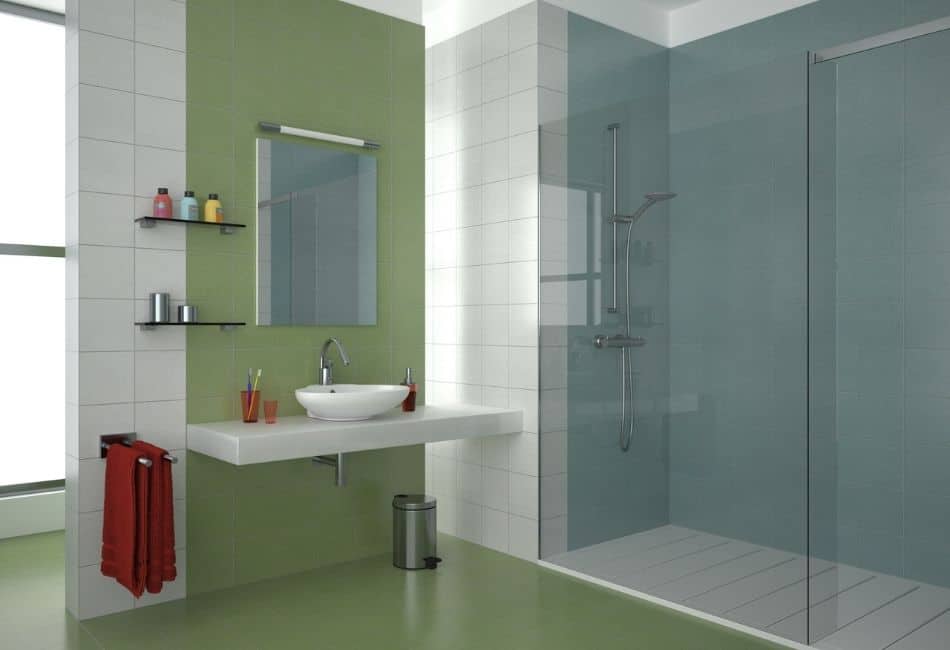If you’re looking to make your bathroom more sustainable, green, and eco-friendly, then read on. In this article, we will discuss 21 tips that will help you accomplish just that. Many people don’t think about the bathroom when it comes to sustainability and eco-friendliness, but there are actually many ways to make this space more sustainable.
From using recycled materials for your renovation project to installing a low-flow toilet, there are plenty of things you can do to make your bathroom more sustainable. Keep reading for our top 21 tips.
Many people use the words sustainable and eco-friendly interchangeably, but there is a difference between the two.
Sustainable Bathroom Resources
Sustainable refers to using resources in a way that does not compromise the planet’s ability to meet the needs of future generations. This means that the materials can be used over and over again without being depleted. It is worth noting that sustainability doesn’t mean sacrificing comfort or aesthetics.
You can still have a beautiful and sustainable bathroom. Some examples of sustainable bathroom materials are steel, stone, glass, plastic, bamboo, cork, natural fiber rugs, etc.
Eco-Friendly Bathroom Materials
Eco-friendly refers to products and practices that have a minimal negative impact on the environment. It is about preserving the environment and using materials that will have the least impact. Some eco-friendly bathroom materials include recycled glass, sustainable wood, low VOC paint, natural fiber rugs, and biodegradable cleaning products.
Now that we have a better understanding of the difference between sustainable and eco-friendly, let’s move on to our 21 tips for creating a sustainable, green, eco-friendly bathroom.
21 Ideas For A Sustainable, Environmentally Friendly Bathroom
Tip #01: Install a low-flow toilet
A low-flow toilet can help you save water and money. A low-flow toilet uses less than half the amount of water as a regular toilet. A traditional toilet uses about three to five gallons per flush, while a low-flow toilet uses only one and a half to two gallons.
This can save you money on your water bill and help conserve water. Some toilets even have vacuum-assist technology, which uses even less water.
Most toilets available on the market now are low-flow, so you shouldn’t have any trouble finding one that meets your needs. Look for EPA’s WaterSense label when shopping for a low-flow toilet to ensure that it meets the criteria for water conservation.
Tip #02: Use a dual-flush toilet

A dual-flush toilet is another way to save water and money. A dual-flush toilet has two buttons, one for liquid waste and one for solid waste. This allows you to choose the amount of water you want to use depending on what you are flushing.
When flushing liquid waste, it uses about 0.75 gallons of water, and when flushing solid waste, it uses about one and a half gallons.
Tip #03: Install a water-saving toilet tank bank
A water-saving toilet tank bank is a great way to save water and money. A water-saving toilet tank bank is a plastic container that fits into your toilet tank to reduce the amount of water the tank can hold. It holds about a gallon of water and allows you to save water with each flush.
Alternatively, you can use a plastic water bottle to achieve the same result. Simply fill a plastic water bottle with pebbles or gravel and add water to completely fill the bottle. Secure the bottle lid and place it in your toilet tank carefully making sure it doesn’t touch or damage any of the tank’s working parts. This will displace the water and reduce the amount of water in your tank.
Tip #04: Install a water-efficient showerhead
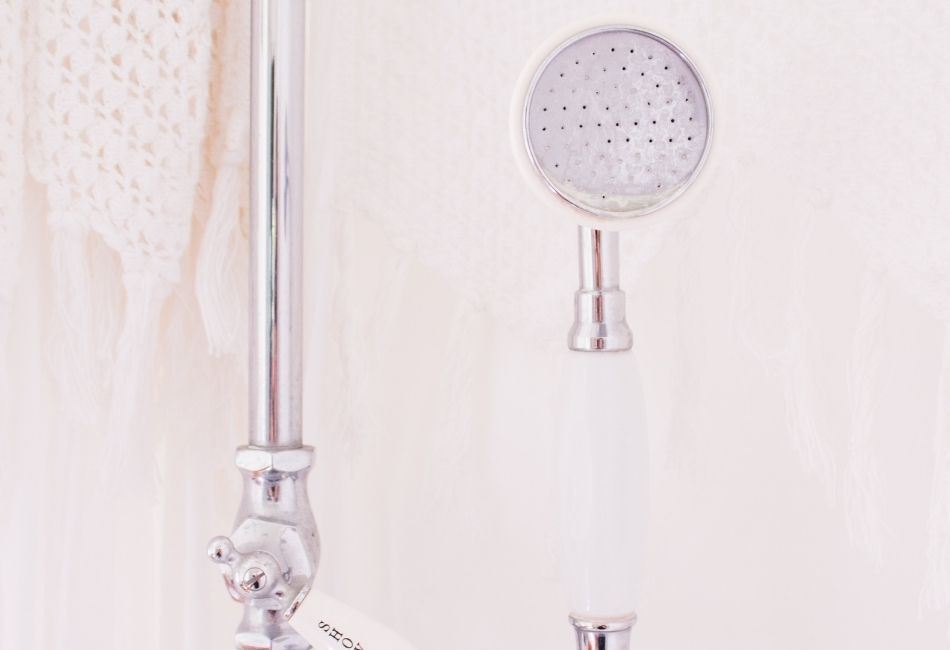
Water-saving showerheads can help you save water and money. Water-saving shower heads use less water than traditional showerheads. A water-efficient showerhead uses less than two gallons of water per minute. Many water-saving showerheads are available on the market now, and they come in a variety of styles to fit your needs.
Tip #05: Reduce shower time
If you are looking for an easy way to save water, try reducing your shower time. A study conducted revealed that the average shower lasted 8 minutes. The EPA estimates that standard showerheads use 2.5 gallons of water per minute.
This means that a five-minute shower uses about 12.5 gallons of water, while a ten-minute shower uses about 25 gallons. Reducing your shower time by even one or two minutes can help reduce your water footprint and conserve water.
Tip #06: Fix leaks
A leaky faucet can waste a lot of water and money. A single dripping faucet can waste about 0.3 gallons of water per day. The EPA estimates that household leaks can waste approximately 900 billion gallons of water every year. Check your faucets and pipes for leaks and have them fixed as soon as possible.
Tip #07: Use a water-saving faucet
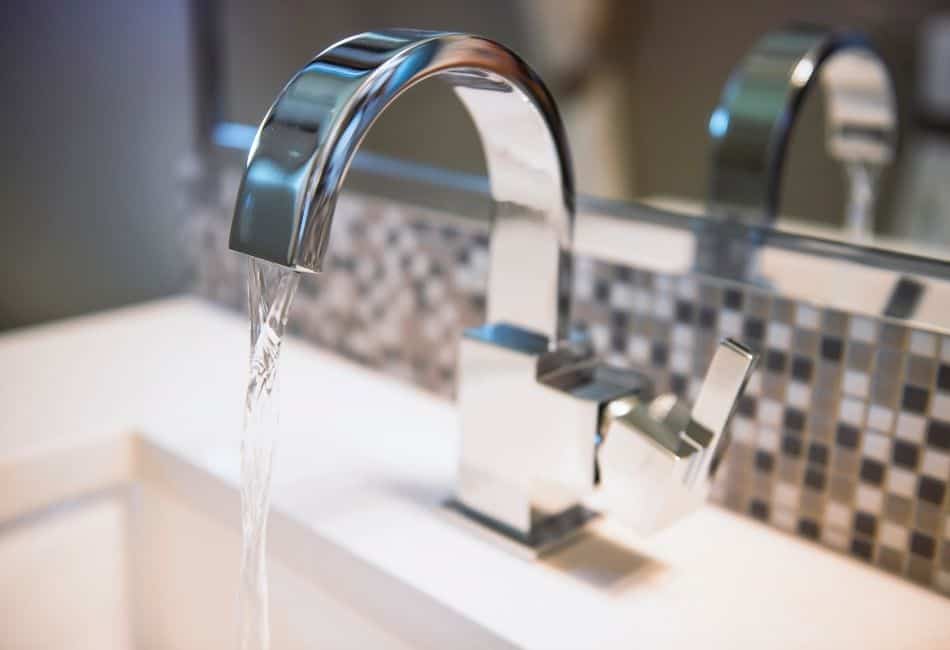
A water-saving faucet is another way to save money on your water bill. A water-saving faucet uses less than two gallons of water per minute.
Many people have the habit of running the faucet while brushing their teeth. This can waste a lot of water and money. If you brush your teeth for two minutes, that’s about four gallons of water wasted. Try to turn the faucet off while brushing your teeth and only turn it on to wet your toothbrush and rinse your mouth.
One way to stop wasting water is to install modern sensing faucets in your bathroom. These faucets have a sensor that turns the water on and off automatically. This can help save water because you won’t have to worry about leaving the water running.
Tip #08: Use green cleaning products
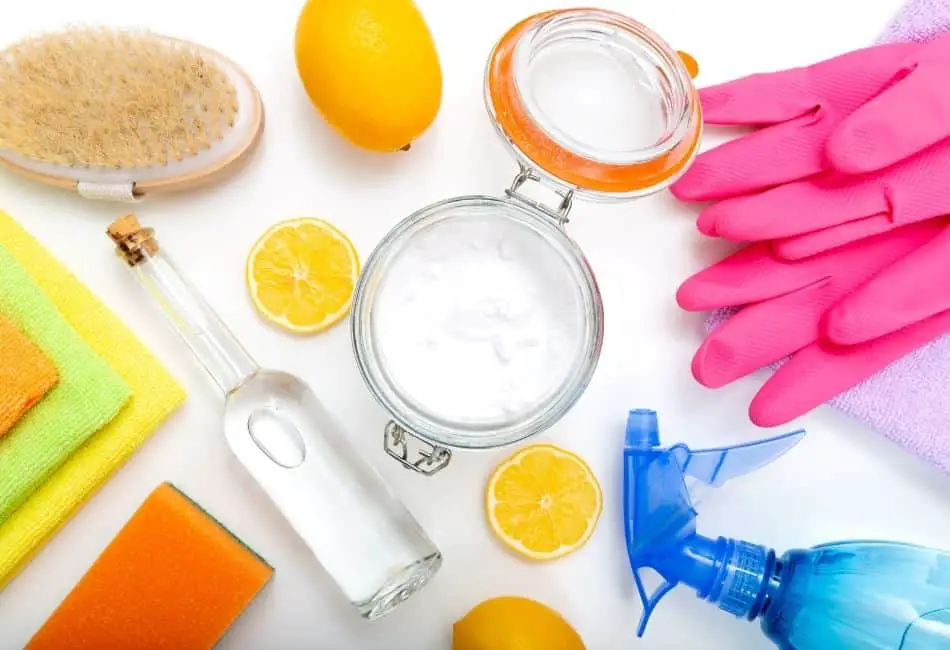
Green cleaning products are another way to make your bathroom more sustainable. Green cleaning products are made from ingredients that are safe for people, pets, and the environment. They are also biodegradable, which means they won’t pollute the environment. There is a wide range of ethical and organic cleaning products available on the market
You can avoid some of these environmentally damaging products and use simple, inexpensive homemade ingredients like lemon, baking soda, and white vinegar for truly green cleaning. They can be used to clean limescale on showerheads, bathroom sink overflow, bathroom sink drain, and faucets, among others.
Tip #09: Use a sustainable paint finish
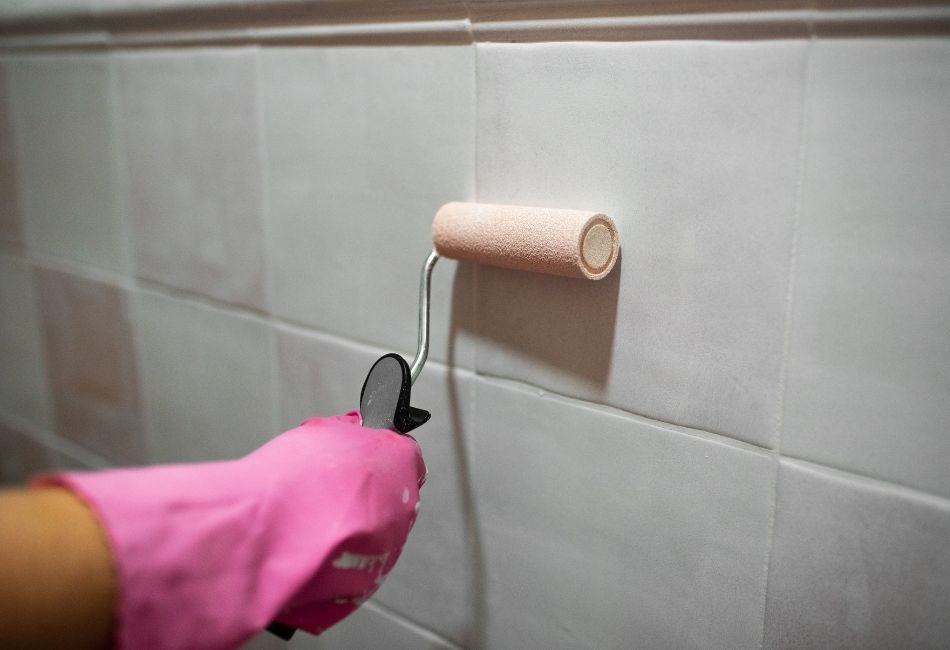
Sustainable paint finishes are another way to make your bathroom more sustainable. Some sustainable paint finishes include low VOC (Volatile Organic Compounds) paint and no-VOC paint. VOCs are carbon-based compounds that can off-gas into the air and cause air pollution. Low VOC paint has a lower amount of VOCs than traditional paint, and no-VOC paint has no VOCs.
These paints are better for the environment because they don’t release harmful chemicals into the air. They are also safer for people with allergies or sensitivities to chemicals.
Tip #10: Use green plants
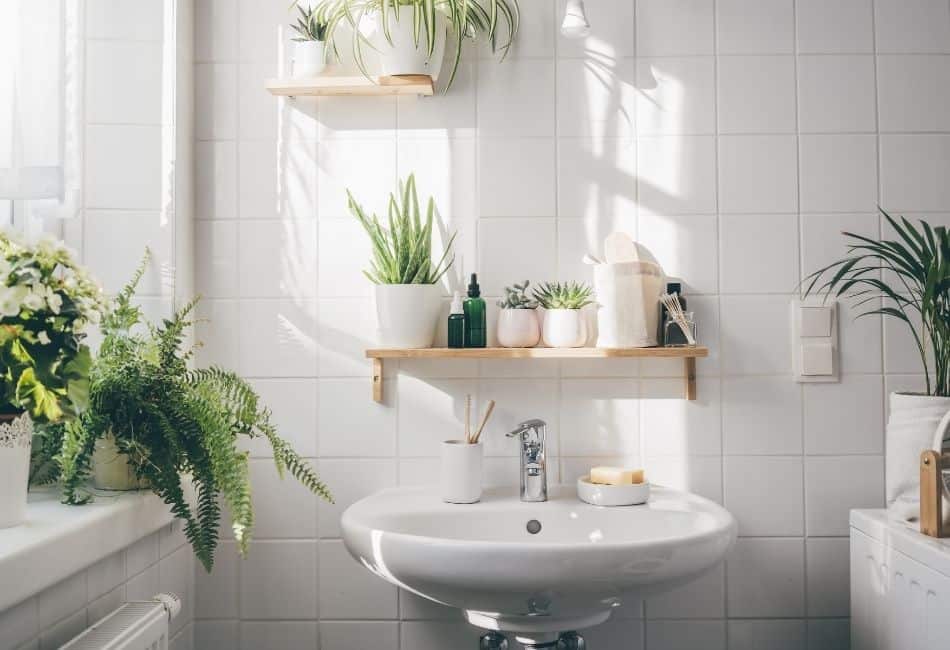
Green plants are a great way to add some life to your bathroom and purify the air. Plants help remove toxins from the air and improve indoor air quality. They also add humidity to the air, which can help prevent dry skin.
There are a wide variety of green plants that you can choose from. When choosing plants for your bathroom, make sure to select ones that are suitable for the humidity and light levels in your bathroom. Also, be sure to water them regularly and keep them free of dust.
Tip #11: Use eco-friendly materials for your cabinetry
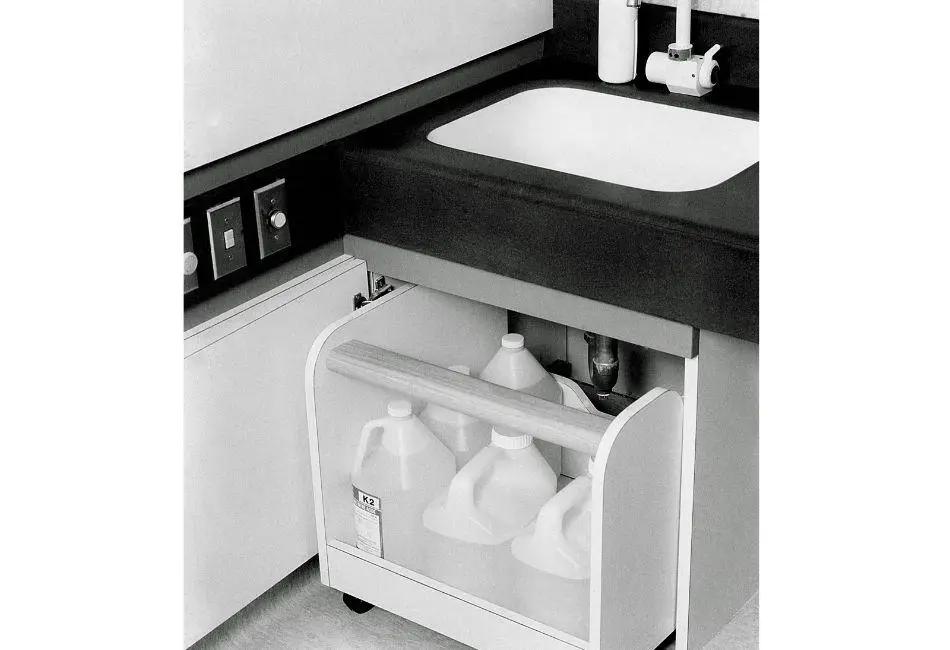
Eco-cabinetry is another way to make your bathroom more environmentally friendly. Materials that make up most conventional cabinets are often very damaging to the environment.
These cabinets are usually made from particleboard or MDF (medium-density fiberboard), which are made from wood fibers that have been glued together with formaldehyde-based adhesives. Formaldehyde is a VOC that can off-gas into the air and cause health problems.
Eco-cabinetry can be made from sustainable materials like bamboo, FSC-certified wood, recycled wood or reclaimed wood. These cabinets are just as strong and durable as conventional cabinets, but they don’t contain harmful chemicals.
Tip #12: Energy-efficient lighting system
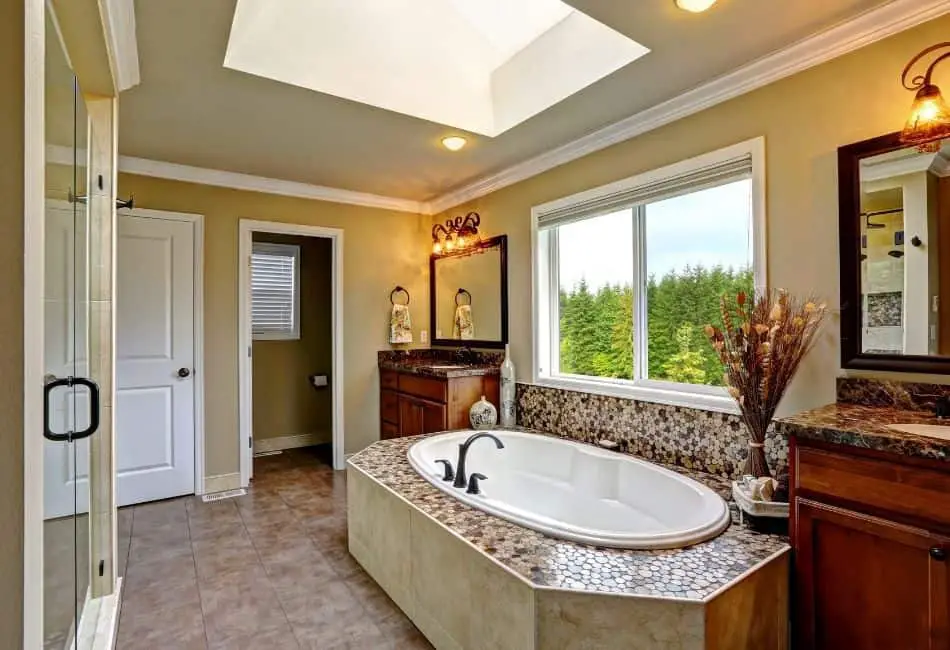
Lighting is another important aspect of creating a green bathroom. You want to use energy-efficient lighting that doesn’t use a lot of electricity. One way to do this is to install LED (light-emitting diode) bulbs. LED bulbs are more energy-efficient than traditional incandescent bulbs and they last longer too.
Another way to save energy with your bathroom lighting is to install a motion sensor. This way, the lights will only turn on when someone is in the room.
You can also use natural light as much as possible by installing skylights or windows in your bathroom. Allow ample light into the bathroom by removing the blinds on the windows.
For privacy, you can replace clear window glass with frosted or textured glass. Alternatively, you can use frosted film to cover clear glass.
Tip #13: Energy-efficient heating system
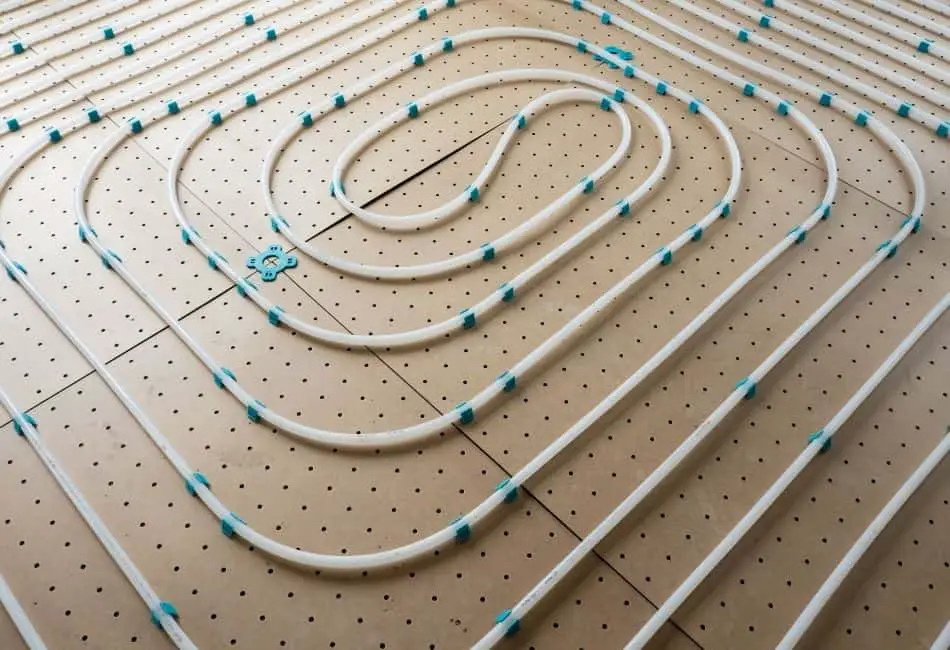
You want to use energy-efficient heating that doesn’t use a lot of electricity. One way to do this is to install radiant floor heating. Radiant floor heating uses less energy than traditional forced-air heating systems. It will heat the bathroom from the floor up, providing even and comfortable heat.
It has cleaner and less polluted air than forced-air systems too. The underfloor heating system can also be powered by energy-efficient green technologies like solar.
Another way to save energy with your bathroom heating is to install a programmable thermostat. This way, you can control the temperature of your bathroom and only heat it when you need to.
Tip #14: Effective ventilation
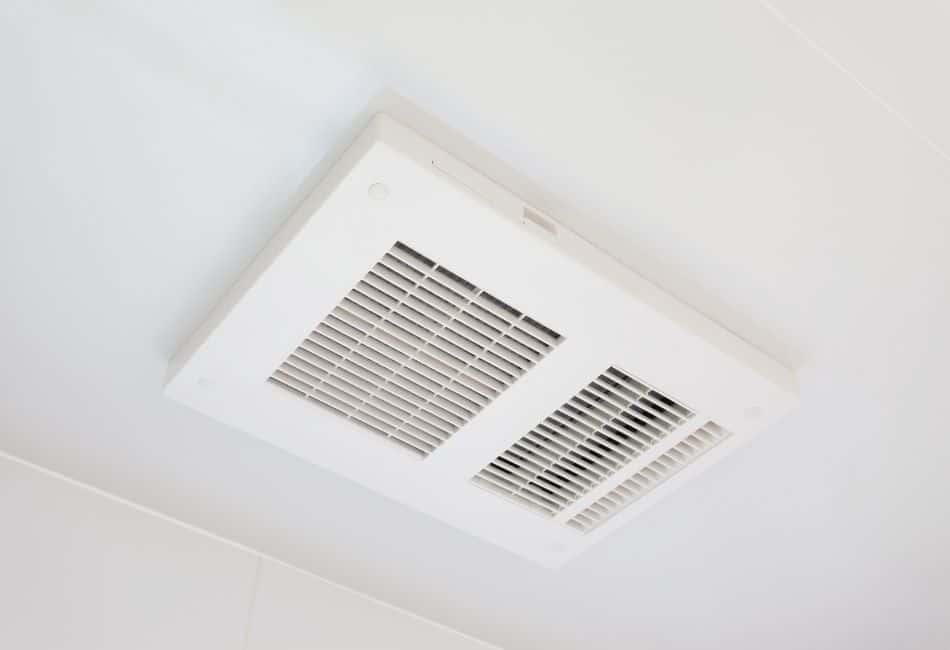
Effective ventilation is important for keeping your family and the environment safe. When there is steam built in the bathroom, it can lead to the growth of mold and mildew. Mold and mildew can cause serious health problems, so it’s important to keep your bathroom well-ventilated. They can also eat into your paint, plaster, and woodwork.
You can do this by opening a window to allow fresh air into the bathroom at all times or running an exhaust fan when you shower. You want to use an energy-efficient ventilation system that doesn’t use a lot of electricity.
One way to do this is to install a solar-powered ventilation system. Solar-powered ventilation systems use the power of the sun to ventilate your bathroom.
Another way to save energy with your bathroom ventilation is to install a motion sensor. This way, the ventilation system will only turn on when someone is in the room.
Tip #15: Use a green shower curtain
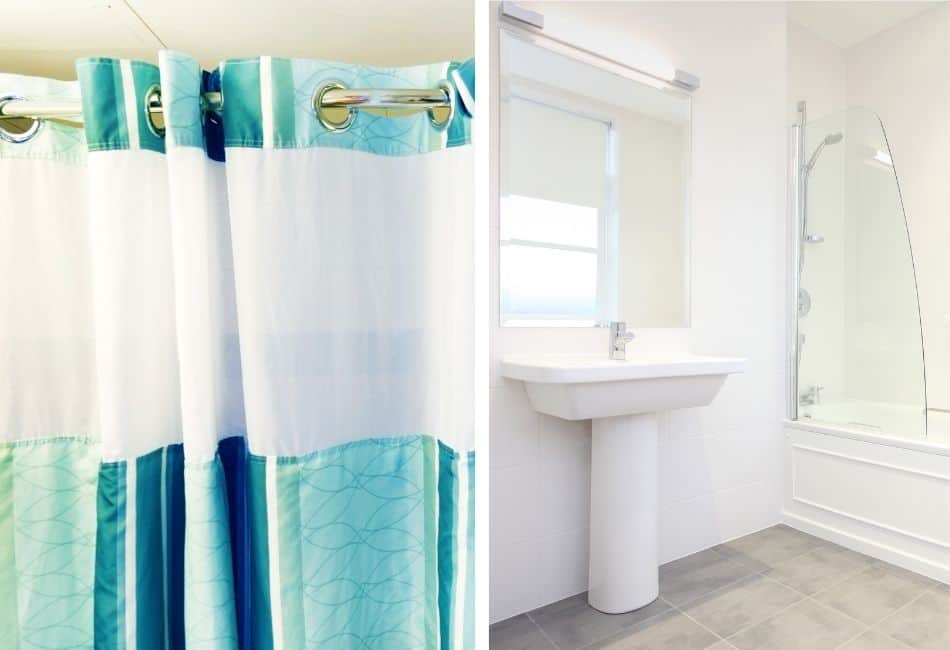
A green shower curtain is another way to make your bathroom more sustainable. Green shower curtains are made from eco-friendly materials like organic cotton, hemp, bamboo, and recycled polyester. They are also free of harmful chemicals like PVC (polyvinyl chloride) and phthalates.
PVC is a type of plastic that contains harmful chemicals like cadmium and lead. Phthalates are chemicals that are used to soften plastics. They can leach out of the plastic and into the air, where they can be inhaled or absorbed through the skin.
Alternatively, you can install a glass shower screen that can last longer than fabric curtains.
Tip #16: Use recycled materials
You can also use recycled materials to make your bathroom more sustainable. Recycled materials are materials that have been used before and would otherwise be thrown away. These materials can be used to create a variety of different products.
For example, you can use recyclable or refillable bottles for your shampoo, conditioner, and soap. You can also use recycled metal or wood for your towel racks, toilet paper holders, and trash can.
Tip #17: Install an energy-efficient water heater
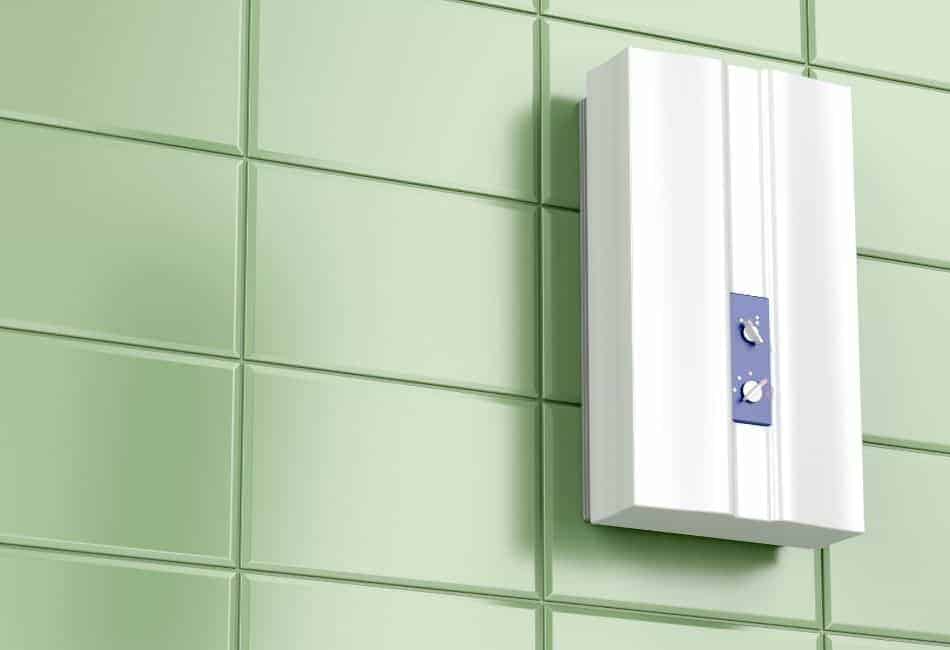
An energy-efficient water heater is another way to make your bathroom more sustainable. Energy-efficient water heaters use less energy than traditional water heaters. They can save you money on your energy bill and help to reduce your carbon footprint.
For example, you can install a tankless water heater. Tankless water heaters only heat the water when you need it. This can save you money on your energy bill and help to reduce your carbon footprint.
Another option is solar water heaters. Solar water heaters use the power of the sun to heat your water. This can cut your water heater energy cost by up to 80%. It is true they have a high upfront cost, but the payoff over time is massive
Tip #18: Choose sustainable materials for your flooring
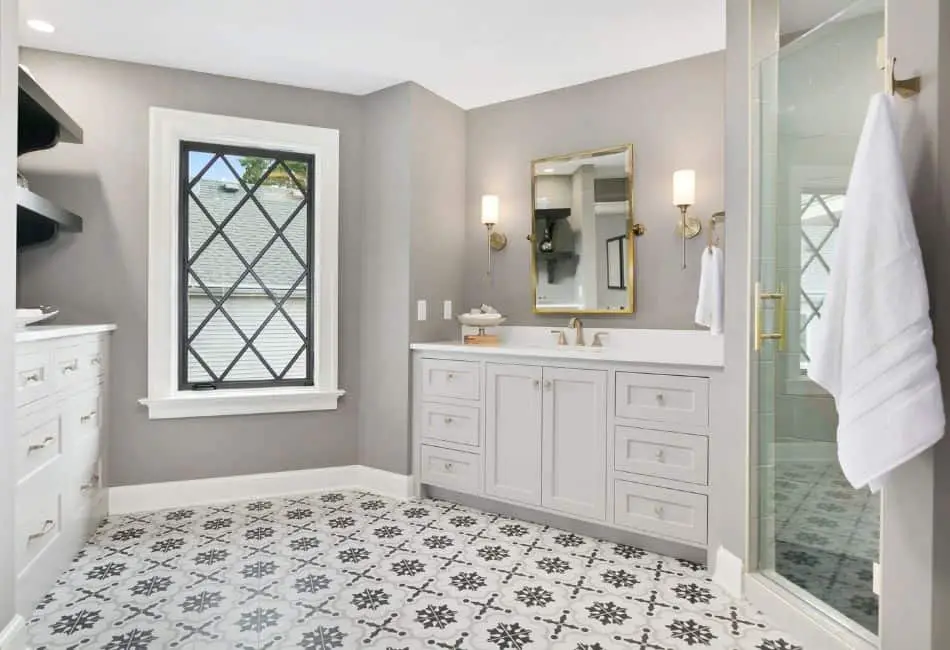
Sustainable flooring is another way to make your bathroom more sustainable. The common feature with most bathroom flooring is tiling. They contain a good amount of recycled materials, are durable, and last longer.
For example, ceramic or porcelain tiles are a good sustainable option as they’re made from natural materials such as clay, sand, water, and minerals and can last a long time. They’re also recyclable.
Another great option for bathroom flooring is stone. Stone is a natural material that is durable and long-lasting.
Tip #19: Dry your towels and clothes in the sun
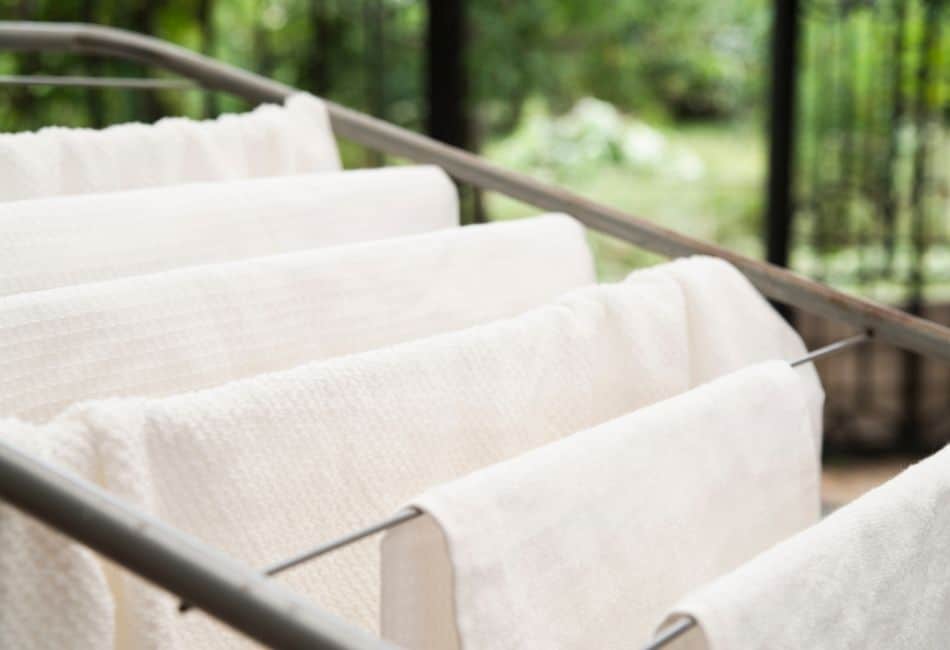
Drying your towels and clothes in the sun is a great way to save energy. It is easy and faster to put your wet towels and cloth in the dryer, but this is not eco-friendly, energy-efficient and cost-saving.
The sun will naturally dry your towels and clothes and it won’t cost you anything. This can save you money on your energy bill and help to reduce your carbon footprint.
Tip #20: Use a natural fiber rug.

A natural fiber rug is another way to make your bathroom more sustainable. Natural fiber rugs are made from materials such as wool, cotton, jute, and sisal. These materials are environmentally-friendly and biodegradable, absorb moisture very well, are durable, and can last a long time.
Tip #21: Save water for plants
It is a common habit for people to wait a few seconds to minutes for hot water to come out from the faucet or showerhead before using it. This water can be saved in a bucket or any container and used to water plants rather than being wasted down the drain. Saving water is important because it is a limited resource. It is important to conserve water to help preserve the environment.
Conclusion
These are just some of the ways that you can make your bathroom more sustainable, green, and eco-friendly. There are many other ways you can go green your bathroom. By making these changes, you can save money, help the environment, and create a more sustainable home.

